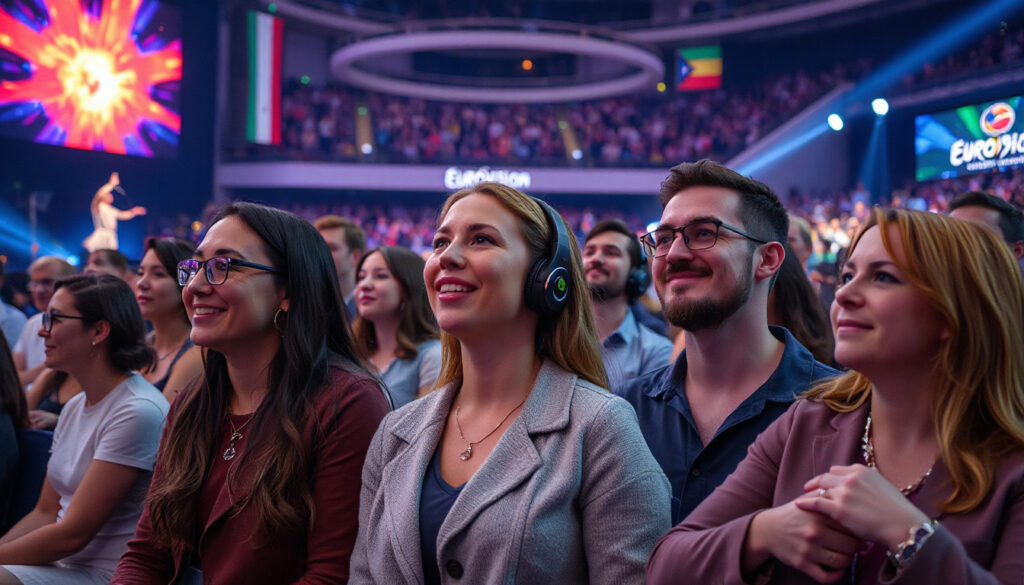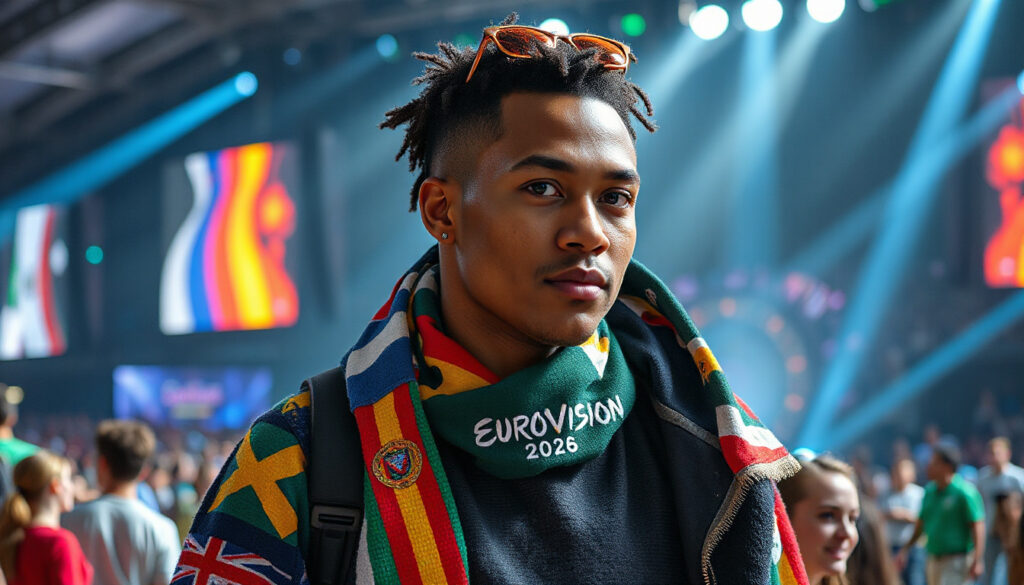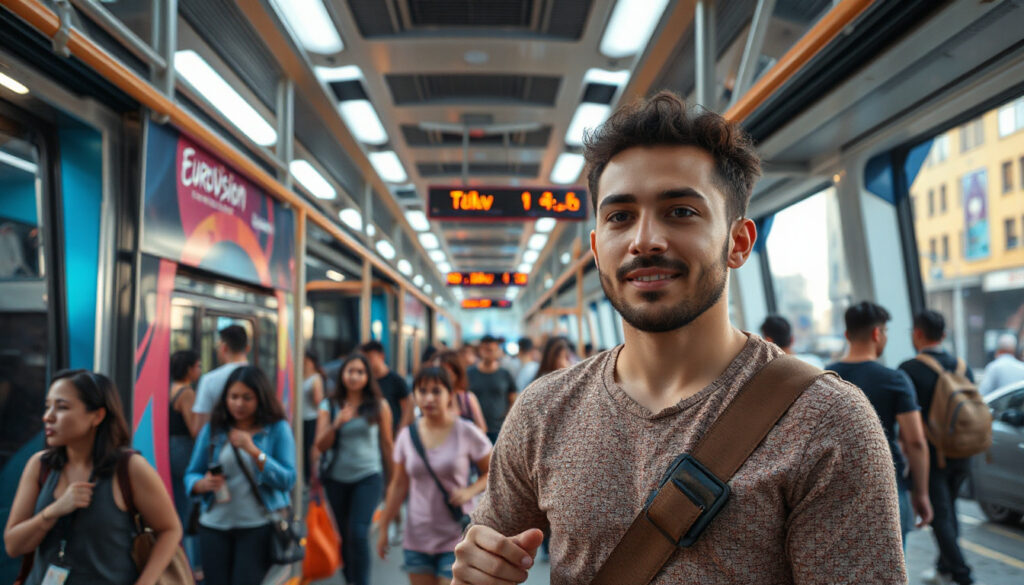Every year, the Eurovision Song Contest wins hearts across Europe and beyond. The show lights up with music, clear stage cues, and bold cultural marks. Yet many viewers with visual or hearing limits face real challenges. Eurovision 2026 changes this by using busy audio narration, sign language, and screen text.
Here’s why Eurovision 2026 audio description makes a big step for inclusion and fan count.
Why Accessibility Matters for Eurovision Fans
Imagine you want to watch a live show filled with bright costumes and strong moves. Your mind links each sound with a sight. When you have vision or hearing limits, key details slip away. This gap stops full participation. Steps for access let each person feel Eurovision. Audio narration adds words that point to images. It helps those with low vision follow every move.
What Are Audio Description Services?
Audio description adds a speech track that links directly to the images on screen. The narration stands close to the music track. For a live event like Eurovision, the description covers:
• The hosts’ look and small shifts
• The stage’s design and light bursts
• Movements and expressions of performers
• Reactions and mood of the crowd
• Details of voting and score displays
These short phrases fill gaps so that every critical word links to a visible cue.

Audio Description at Eurovision: Milestones Leading to 2026
Recent work has built these access steps:
• Eurovision 2025: In Switzerland, SRG SSR worked with a local company to provide live narration in Swiss German, French, and Italian. The UK’s BBC also sent live narration on TV and online.
• Both channels added sign language and screen text. This mix gave new ways for people with vision or hearing challenges to join the fun.
This set a solid base as Eurovision 2026 aims to spread live audio narration even further.
What to Expect from Eurovision 2026 Audio Description Services
Recent trends and 2025 success point to these changes:
-
Live Multilingual Audio Description
• Live narration in three or more languages—linking important words closely to the show.
• Narrators work with the team to describe stage details in quick pauses between songs. -
Integrated Broadcast Channels and Apps
• The audio description appears on a third TV channel, on streaming sites, and mobile apps.
• Simple controls let you press a dedicated button on a remote or app panel. -
Strong Training and Skill
• Experts work close with production teams to catch details like fabric touch or the crowd’s feel.
• Short pauses let narrators add words without clashing with songs or speech. -
Combined Accessibility Features
• Audio description comes along with sign language and on-screen text so you can choose your way to connect.
• Preview tools and replay choices let you listen to key moments again.
How Audio Description Improves the Eurovision Experience
Eurovision is a show where every sound links to a visual cue. Audio narration fills the gap so that pace, mood, and art are clear for those who lean on sound alone.
For example:
• A narrator points out a singer’s strong entrance. Words join with clear notes, bright lights, and a crowd that claps in time, filling the full scene for listeners.
• During voting, the narration spells out tension, the hosts’ looks, and the score screen details.
• In pauses where performers move or tell a wordless story, narration links short details that build the complete scene.
These words bring every fan the full sound and sight of the show.
Practical Tips for Eurovision Fans Who Rely on Audio Description
If you plan to use audio narration during Eurovision 2026, try these tips:
• Check your broadcaster’s info early to see if audio narration is live on TV or online.
• Activate the narration channel at the start so it stays in time.
• Look for settings on your streaming platform that let you replay or toggle the narration easily.
• Share your view after the show to help teams learn from your experience.
The Bigger Picture: Eurovision as a Model for Inclusive Events
Eurovision’s work on access goes past new tech. It shows care for every fan. As one of the most watched live music shows, Eurovision sets a guide for other channels. Every change—from clear screen text to live sign language and audio narration—opens the stage for more people.
This work supports a vision where music joins every voice and every style of experience.
Moving Forward: How You Can Support and Advocate
No matter if you are a fan, a media maker, or a broadcaster:
• Ask your local TV for simple tools that bring audio narration and text together.
• Back groups that work on better narration tools.
• Share your own experience with audio narration and push for more ways to include everyone.
• Request that channels around the world use live, multilingual narration in future shows.
The road to full access at Eurovision continues. Progress toward complete audio description by 2026 shows a bright, more inclusive tomorrow. Music shows us that every voice matters, and every fan deserves a turn—whether by sight, sound, or through the story told by words.
Ready to experience Eurovision 2026 like never before? Check your local broadcaster’s accessibility settings early. Plan for a show where every detail, every beat, and every emotion comes close to every fan’s heart. Music is for all—let it reach you.







